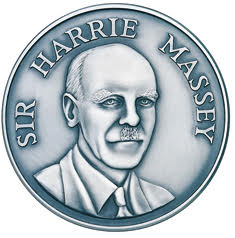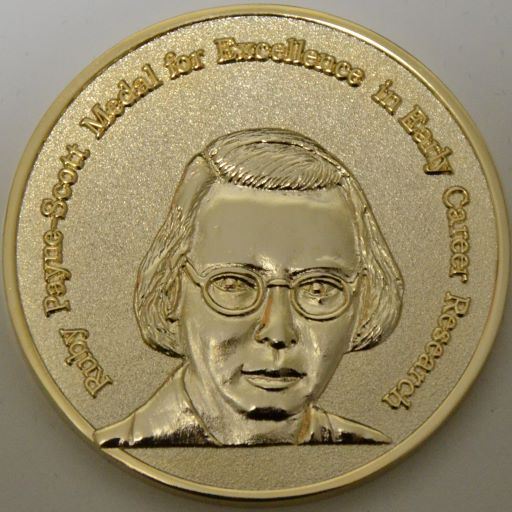The Australian Institute of Physics is delighted to announce the 2022 Award winners.
We invite all members and associates to congratulate our 2022 Award winners with us. In these awards, we are recognising very talented physicists and congratulate these winners on their achievements and success!
We also acknowledge all nominees submitted to these awards, as the selection panels have noted it can be very difficult to choose the winner each year.
We also acknowledge our selection panels, who are volunteers providing extensive expertise from a range of backgrounds in order to make these very difficult decisions.
Please congratulate our winners!

Bragg Gold Medal – Dr Sebastian Wolf
(The University of Melbourne)
For the Thesis Titled:
Weak Coupling Renormalization Group Approach to Unconventional Superconductivity in 2D Lattice Systems

Education Medal - Dr John Elias Debs
(The Australian National University)
For his ability to effect cultural change and enhance learning for students from a range of backgrounds through a blended approach comprising inquiry-based learning, hands-on design, building and making, and encouragement of independent and critical thinking. Dr Debs was instrumental in the design and implementation of the Mike Gore Centre for Physics Education at ANU, comprising innovative learning spaces, most significantly the transformative ‘ANU MakerSpace’. Born out of a physics approach, the ANU MakerSpace has influenced students and staff across ANU, leading to changes in pedagogy, and unique interdisciplinary experiences for a growing membership of now over 2400 people.

Harrie Massey Medal – Emeritus Professor Jim S. Williams
(Australian National University)
For pioneering and sustained contributions to condensed matter physics, materials physics and ion beam physics, as well as leadership to Physics.

Physics Communication Award - Professor Geraint F. Lewis
(Sydney Institute for Astronomy, School of Physics, The University of Sydney)
For an international program of speaking, interviews and writing. Professor Geraint Lewis's expansive program of outreach brings his passion for the mysteries of the universe, from the subatomic to the cosmological and beyond, to diverse audiences around the globe.

Ruby Payne-Scott Award - Professor Phiala Shanahan
(Massachusetts Institute of Technology)
For key insights into the structure and interactions of hadrons and nuclei using numerical and analytical methods and pioneering the use of machine learning techniques in lattice quantum field theory calculations in particle and nuclear physics.

Thomas H Laby Medal - Katherine Curtis
(The Australian National University)
For the Thesis Titled:
Nuclear Pairing and Superfluidity from a Quark Model

Walter Boas Medal – Distinguished Professor Susan M. Scott
(The Australian National University)
For her outstanding leadership in the development of the field of gravitational wave science, and continues to advance the fields of general relativity and cosmology. Professor Scott’s most recent research further advances her contributions to the LIGO international collaboration, including her role in establishing Australian participation in gravitational wave data analysis.

Women in Leadership Medal - Professor Celine Boehm
(The University of Sydney)
For her excellence in academic research and leadership of large international collaborations, for her distinguished role in shaping astroparticle physics research in Australia, exemplary academic mentorship and her outstanding performance as a Head of School, which resulted in an inclusive, supportive and transparent workplace environment in the School of Physics at the University of Sydney and, notably, a significant increase in the number of female academics and professional staff and mid and early career researchers in leadership roles.
We congratulate these award winners on their achievements!

